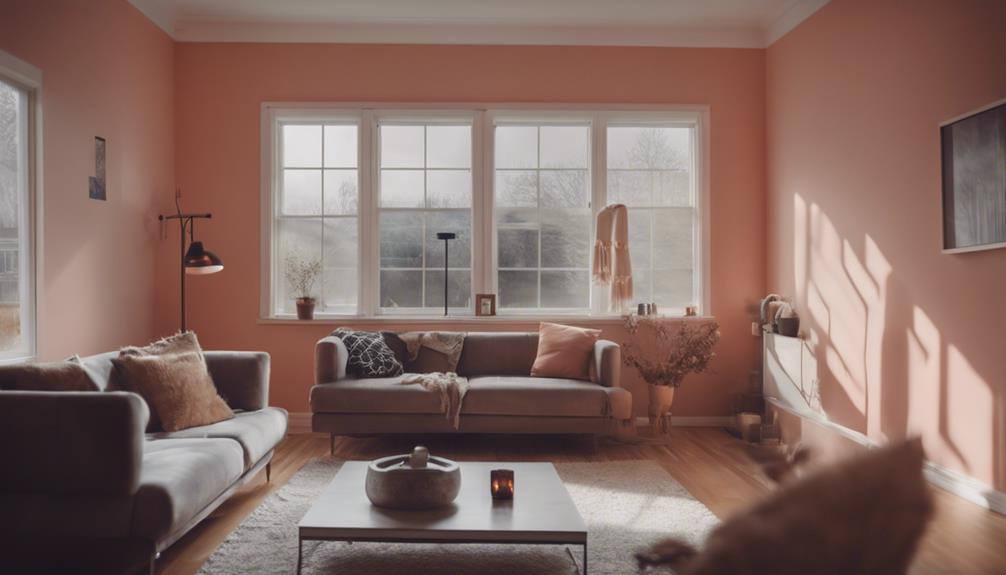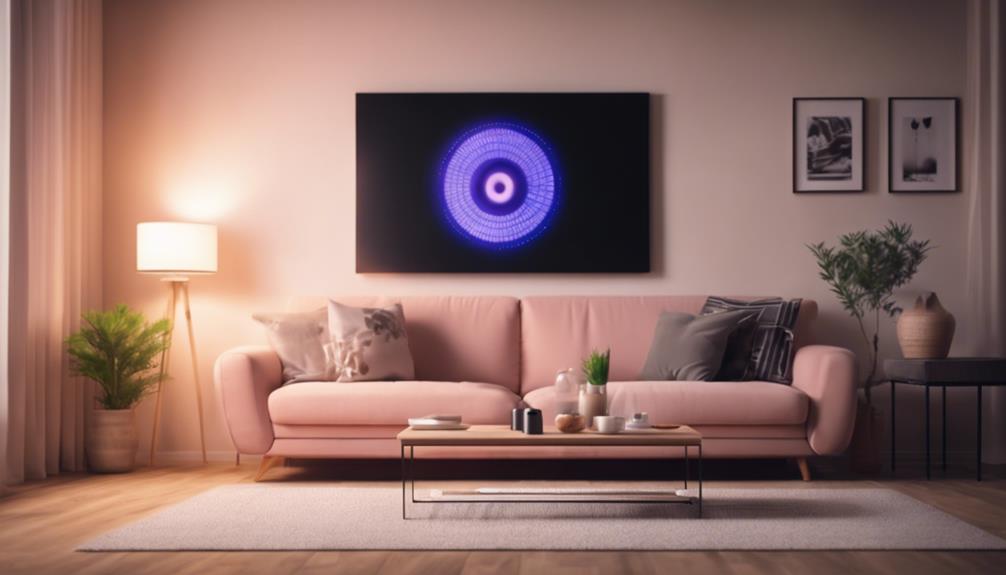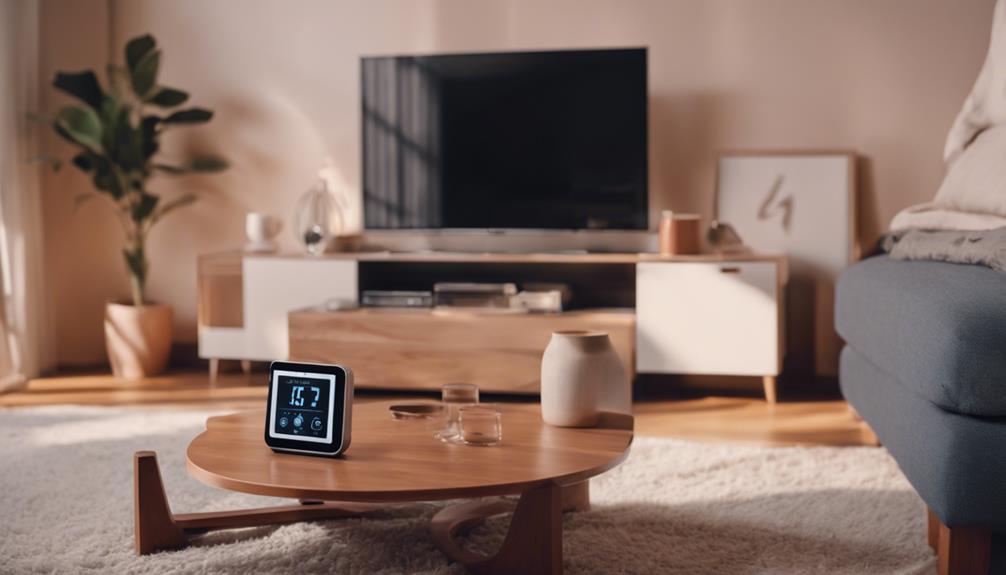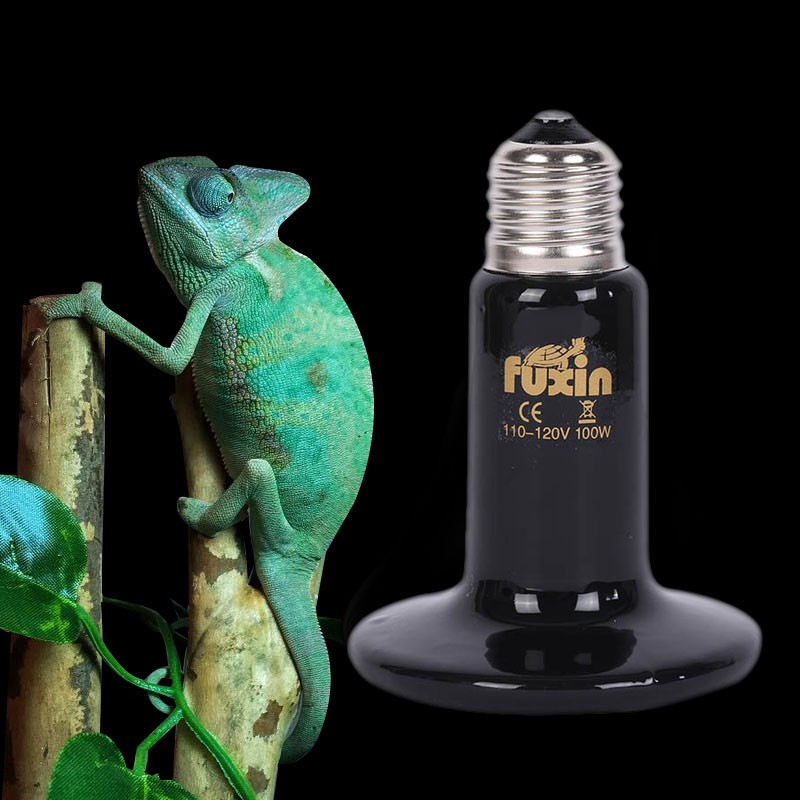
Maximize cost savings with these 10 practical tips for improving your infrared heater efficiency. Position it strategically to target desired areas effectively, mount it at an ideal height, and avoid obstructions to guarantee even heat spread. Utilize programmable thermostats for temperature enhancement and adjust settings based on your schedule. Implement zone heating strategies to focus on specific areas, reducing central heating use. Enhance insulation and sealing to trap heat and prevent energy loss. Regular maintenance is key for peak performance. Harness sunlight for passive heating, select the right heater size, and adjust settings for nighttime efficiency.
Understanding Infrared Heating

To understand infrared heating, you must grasp the concept of how infrared waves transfer heat through electromagnetic radiation.
Infrared heaters offer a multitude of benefits, making them an efficient and cost-effective heating solution. These heaters operate by emitting infrared radiation, which is absorbed by objects and surfaces in its path, generating heat. This technology allows for targeted heating, as the infrared waves directly warm people and objects without wasting energy on heating the surrounding air.
One of the key advantages of infrared heating is its ability to provide quick warmth, as the heat is felt almost instantly upon turning the heater on.
Additionally, infrared heaters are known for their energy efficiency, as they don't rely on heating the entire room to achieve comfort. This targeted approach results in lower energy consumption and reduced heating costs.
Understanding the technology basics behind infrared heating can help you make informed decisions when selecting a heating solution for your space.
Optimal Placement for Efficiency
For best efficiency, position your infrared heater in a location where it can directly target the areas you want to heat.
Consider the mounting height of the heater to guarantee ideal heat distribution. Ideally, the heater should be mounted at a height that allows the infrared waves to cover the desired area effectively.
Take into account the room layout when determining the placement of the heater. Place the heater in a central location with minimal obstructions to allow the heat to spread evenly throughout the room.
Avoid placing the heater near objects that can absorb the infrared heat, such as curtains or furniture, as this can reduce its effectiveness.
Additionally, make sure the heater isn't obstructed by any barriers that may block the infrared waves.
Utilizing Programmable Thermostats

Consider incorporating a programmable thermostat to efficiently control the temperature output of your infrared heater based on your desired schedule and heating needs.
Thermostat programming allows you to set specific temperatures for different times of the day, optimizing energy management. By programming your thermostat to lower the temperature when you aren't at home or during sleeping hours, you can reduce energy consumption and save on heating costs.
To effectively utilize a programmable thermostat with your infrared heater, verify that it's compatible with your heating system.
Set a schedule that aligns with your daily routine, such as lowering the temperature when you're away at work and raising it before you return home. This strategy not only enhances comfort but also contributes to cost savings by avoiding unnecessary heating.
Regularly review and adjust your thermostat programming to match changes in your schedule or heating requirements, maximizing energy efficiency and reducing utility expenses.
Supplemental Zone Heating Strategies
Implementing supplemental zone heating strategies can help optimize the efficiency and effectiveness of your heating system, particularly when used in conjunction with your infrared heater.
By focusing on heating specific areas or zones in your home rather than trying to heat the entire space, you can experience significant energy savings and increased comfort levels. The benefits of zone heating include more targeted warmth where you need it most, allowing you to set lower temperatures on your central heating system and rely on supplemental heat sources like infrared heaters to provide extra warmth in frequently used areas.
To make the most of supplemental zone heating, strategically place your infrared heater in commonly occupied rooms or areas that tend to feel colder than the rest of the house.
Insulation and Sealing Considerations

Enhancing the insulation and sealing of your home is essential for maximizing the efficiency of your infrared heater and reducing heat loss. Drafting insulation and sealing gaps are important steps in creating a well-insulated environment that can retain the heat generated by your infrared heater effectively.
Begin by inspecting areas such as windows, doors, attic hatches, and electrical outlets for any drafts. Use caulking or weatherstripping to seal any gaps or leaks that may be present. Additionally, consider adding insulation to your walls, floors, and attic to further improve the overall insulation of your home.
When it comes to sealing gaps, pay close attention to areas where different building materials meet, as these are common areas for air leaks. Installing foam gaskets behind outlet covers and switch plates can also help prevent drafts.
Proper insulation and sealing not only enhance the performance of your infrared heater but also contribute to overall energy efficiency in your home. By addressing these insulation and sealing considerations, you can create a more comfortable and cost-effective living space.
Regular Maintenance for Performance
Maintaining your infrared heater regularly is essential for ideal performance and longevity. Two significant aspects of maintenance are filter cleaning and heater calibration.
To guarantee peak performance, it's important to clean or replace the filters in your infrared heater regularly. Clogged filters can restrict airflow, reducing the efficiency of the heater and potentially causing overheating. Check the filters at least once a month and clean them as needed. If the filters are disposable, replace them according to the manufacturer's recommendations.
Heater calibration is another important maintenance task. Over time, the settings on your infrared heater may drift, affecting its performance and energy efficiency. Periodically calibrating the heater guarantees that it operates at the desired temperature and maintains consistent heat output. Consult the owner's manual for instructions on how to calibrate your specific model.
Harnessing Sunlight for Heat

Utilize solar energy by optimizing sunlight capture for efficient heat production in your space.
To maximize solar gain and benefit from passive heating, position your windows strategically to allow the most sunlight into your room during the day. South-facing windows receive the most sunlight in the Northern Hemisphere, making them ideal for capturing solar heat.
Utilizing thermal mass materials like concrete or tile flooring can help absorb and retain heat from the sun, releasing it slowly throughout the day to keep your space warm.
Consider using thermal curtains or blinds to trap heat inside your space when the sun sets. These can prevent heat loss through the windows and improve the overall energy efficiency of passive heating.
Regularly clean your windows to guarantee maximum sunlight penetration, as even a thin layer of dirt can reduce solar gain considerably.
Selecting the Right Heater Size
To guarantee ideal heating efficiency, carefully calculate the appropriate size of the heater needed for your space based on its square footage and insulation level.
Start by measuring the dimensions of the room you want to heat to determine the total square footage. Once you have this figure, consider the insulation quality of the room. Well-insulated rooms will require less heating capacity compared to poorly insulated ones.
Next, match the room dimensions and insulation level to the appropriate heater capacity. Generally, you'll need around 10 watts per square foot for a well-insulated room and up to 15 watts per square foot for a poorly insulated one. For example, a 200 square foot room with good insulation would require a heater with a capacity of around 2000 watts.
Selecting the right heater size based on room dimensions and insulation level guarantees efficient heating without wasting energy. By accurately matching the heater capacity to your space, you can effectively heat the area while optimizing cost savings.
Energy-Saving Tips for Night Use

Maximize energy efficiency during nighttime use by adjusting your infrared heater settings strategically. To optimize energy savings, consider setting your infrared heater to a lower temperature during nighttime routines when you're bundled up in blankets or sleeping, allowing you to reduce energy consumption while maintaining a comfortable temperature.
Conducting regular energy audits can help identify areas where energy may be wasted, enabling you to make informed decisions on when and how to use your infrared heater efficiently during the night.
It is also beneficial to guarantee that your room is adequately insulated to prevent heat loss, reducing the workload on your infrared heater. By sealing any drafts or gaps, you can trap the warmth inside the room, requiring less energy to maintain a cozy environment.
Additionally, consider using a programmable thermostat to schedule temperature adjustments according to your nighttime habits, further optimizing energy usage and cost savings.
Comparing Costs With Other Heating Methods
How do the costs of operating an infrared heater compare with those of other heating methods?
When considering energy efficiency and long-term savings, infrared heaters stand out as a cost-effective option. Infrared heaters operate by emitting infrared radiation that directly heats objects and individuals in the room, rather than wasting energy heating the air. This targeted heating results in quicker warmth and reduced energy consumption compared to traditional convection heaters.
In terms of costs, infrared heaters are generally more energy-efficient than other heating methods such as electric resistance heaters or central heating systems. While the initial purchase price of an infrared heater may be slightly higher, the long-term savings on energy bills often outweigh this initial investment.
Additionally, infrared heaters have a longer lifespan and require less maintenance, further contributing to their cost-effectiveness.
When comparing the costs of operating an infrared heater with other heating methods, the focus should be on energy efficiency and the potential for significant long-term savings. By opting for an infrared heater, you can enjoy efficient heating while keeping your energy costs in check.
Conclusion
To sum up, by implementing the top 10 infrared heater tips for cost savings, you can efficiently heat your space while minimizing energy usage and reducing heating costs.
Understanding infrared heating, proper placement, utilizing programmable thermostats, and considering insulation and sealing are key factors in optimizing your heater's efficiency.
By following these tips and comparing costs with other heating methods, you can make informed decisions to save money and stay comfortable throughout the winter months.

